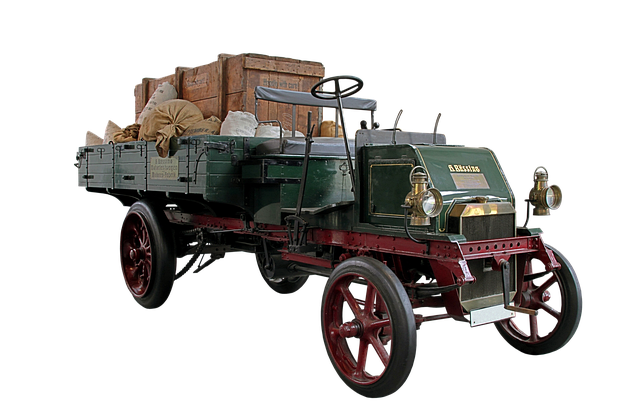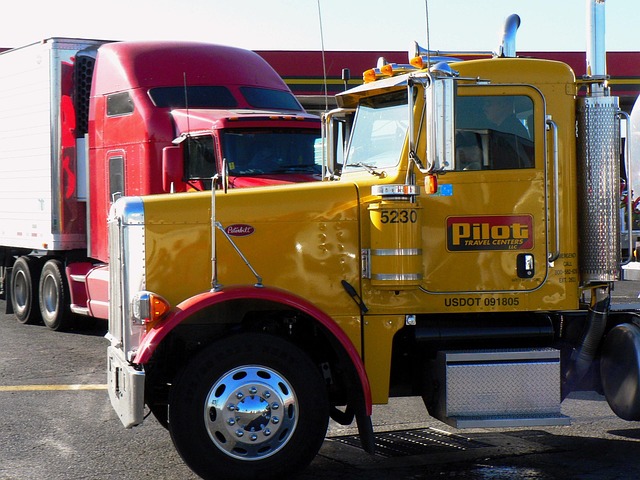Looking to register your car in California? This comprehensive guide walks you through every step, from understanding crucial requirements like DMV VIN verification, to gathering essential documents. Learn how to visit your local DMV for a vehicle inspection and complete the registration application process with ease. Discover the fees involved and receive your plates promptly. Simplify the process and ensure a smooth transition by following these clear instructions.
- Understand California Car Registration Requirements
- Gather Necessary Documents for Registration
- Visit Your Local DMV for Vehicle Inspection
- Complete the Registration Application Process
- Pay Registration Fees and Receive Your Plate
Understand California Car Registration Requirements

Before registering your car in California, it’s essential to understand the state’s specific requirements. The California Department of Motor Vehicles (DMV) mandates several crucial steps for ensuring your vehicle complies with safety and environmental standards. One critical aspect is the DMV vin verification, which involves checking the vehicle identification number (VIN) to validate its authenticity and history, including any previous accidents or outstanding issues.
Additionally, you’ll need to undergo a mobile vin inspection or vin inspection to verify key components like the engine, transmission, and brakes. This process ensures your car meets California’s safety standards, enabling you to legally operate it on public roads. Remember that these requirements are in place to maintain road safety and ensure responsible vehicle ownership.
Gather Necessary Documents for Registration

Before you begin the registration process, it’s crucial to gather all the essential documents required by the California Department of Motor Vehicles (DMV). This includes your vehicle’s registration certificate from the previous state, a completed application form for car registration, and proof of insurance. One vital document is the Vehicle Identification Number (VIN) verification, which can be conveniently done through a mobile vin verifier or by conducting a DMV VIN inspection online.
Make sure to bring along any additional paperwork that might be specific to your vehicle, such as title documents if you’re the owner or evidence of ownership if purchasing from a dealership. Having these documents ready ensures a smoother registration experience and helps prevent potential delays at the DMV.
Visit Your Local DMV for Vehicle Inspection

Before you can register your car in California, it’s crucial to have your vehicle undergo a thorough inspection at your local Department of Motor Vehicles (DMV) office. This process, known as DMV VIN verification, ensures that your car meets all safety and emissions standards set by the state. During this inspection, a DMV agent will check various components of your vehicle, including lights, brakes, tires, and exhaust systems. They’ll also verify the Vehicle Identification Number (VIN), which is essential for tracking and identifying your car’s unique features and history.
A mobile vin verifier can be a convenient alternative for those who prefer not to visit a DMV branch. These services allow you to get the necessary VIN inspection without having to travel, saving time and effort. However, it’s important to ensure that any mobile vin verification service you use is reputable and approved by the California DMV to avoid potential issues during the registration process.
Complete the Registration Application Process

To complete the registration application process for your car in California, you’ll need to gather all necessary documents and fill out the registration form. Start by visiting the California Department of Motor Vehicles (DMV) website to download the correct form based on your vehicle type. Fill it out accurately, providing detailed information about your car, including its make, model, year, and color. Remember, accuracy is key during this process, as any discrepancies might delay your registration.
Once completed, submit your application along with required fees and documents like proof of insurance and identification. For added convenience, consider using a mobile vin verifier to conduct a quick and reliable vehicle inspection. This service allows you to verify your car’s information through its unique Vehicle Identification Number (VIN), ensuring all data is accurate and up-to-date. By combining the DMV vin verification process with a mobile vin inspection, you streamline registration and ensure peace of mind.
Pay Registration Fees and Receive Your Plate

After completing your vehicle’s registration application at the California DMV or through their online services, the next step is to pay the required fees. These include the base registration fee and any additional charges based on your vehicle’s type and emissions status. You can typically make payment using a credit card, debit card, or check. Once your payment is processed, you’ll receive confirmation of your transaction along with details for scheduling your vehicle’s title and plate (license plate) issuance.
A convenient option to expedite this process is by utilizing a mobile vin verifier or performing a mobile vin inspection. This service allows you to get the necessary VIN verification done remotely, ensuring that your information is accurate before heading to the DMV. With a valid inspection report in hand, you can swiftly collect your plates, making your car registration experience smoother and more efficient.
Registering a car in California involves understanding specific requirements, gathering essential documents, and completing a structured process. By following these steps, including dvm VIN verification, you can ensure a smooth transition into California’s vehicular landscape. Remember to keep your registration up-to-date to avoid penalties and maintain legal compliance.
